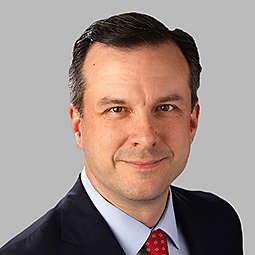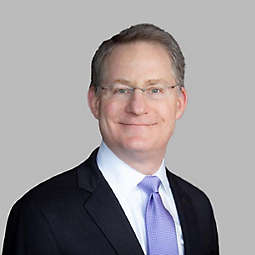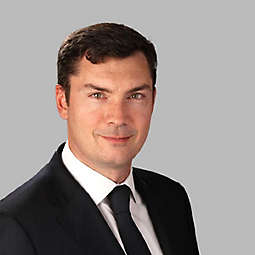Overview
Overview
MainStay Epoch International Choice Fund seeks total return.
Focus on cash flow
The Subadvisor invests in companies with a history of generating free cash flow, and management teams committed to using that cash to increase shareholder value.
Risk management in portfolio construction
The team employs a comprehensive risk management discipline designed to limit security and portfolio level risk.
Fundamental and quantitative insights
Combining two analytical perspectives enhance the breadth and depth of coverage.
Performance
Performance
Class A & INV: 5.5% maximum initial sales charge; a 1% CDSC may be imposed on certain redemptions made within 18 months of the date of purchase on shares that were purchased without an initial sales charge. Class C: 1% CDSC if redeemed within one year. Class I: No initial sales charge or CDSC.
Returns represent past performance which is no guarantee of future results. Current performance may be lower or higher. Investment return and principal value will fluctuate, and shares, when redeemed, may be worth more or less than their original cost. No initial sales charge applies on investments of $1 million or more (and certain other qualified purchases). However, a contingent deferred sales charge of 1.00% may be imposed on certain redemptions made within 18 months of the date of purchase on shares that were purchased without an initial sales charge. Expenses stated are as of the fund's most recent prospectus.
Portfolio
Portfolio
Distribution & Yields
Distribution & Yields
Distributions may be comprised of ordinary income, net capital gains, and/or a return of capital (ROC) of your investment in the fund. Because the distribution rate and the 12-month rate may include a ROC, they should not be confused with yield or income. Please refer to the most recent Section 19 Notice, if applicable, for additional information regarding the composition of distributions. Final determination of a distribution’s tax character will be made on Form 1099 DIV sent to shareholders each January.
Distribution Rate: The distribution rate measures the percentage return in the form of dividends. It is calculated daily by annualizing the most recent dividend distribution and dividing by the daily share price (NAV or POP). If the Fund did not make a distribution as of the latest scheduled distribution date, "N/A" will be displayed.
12-month Rate: The 12-month rate measures the percentage return in the form of dividends. It is calculated monthly by taking the sum of the trailing 12-month dividend payments divided by the last month's ending share price (NAV or POP) plus any capital gains distributed over previous 12 months. If the Fund did not make any distributions over the previous 12 months, "N/A" will be displayed.
The 30 Day SEC Yield is calculated by dividing the net investment income per share for the first 30 days of the month by the offering price per share at the end of that period. The yield reflects the dividends and interest earned during the period, after the deduction of the Fund's expenses. Yield reflects a fee waiver and/or expense limitation agreement without which the 30 Day SEC Yield would have been lower.
Dividend distributions are the distribution of a dividend to mutual fund shareholders as of a certain date. The following Funds declare daily dividends: MainStay MacKay California Tax Free Opportunities, MainStay Floating Rate, MainStay MacKay High Yield Municipal Bond, MainStay MacKay U.S. Infrastructure Bond Fund, MainStay Money Market, MainStay MacKay New York Tax Free Opportunities, MainStay MacKay Short Term Municipal Fund and MainStay MacKay Tax Free Bond.
Fees & Expenses
Fees & Expenses
Team
Team
Global equity manager with a distinct perspective on the long-term drivers of shareholder return.
Global asset management firm that manages U.S., non-U.S. and global equity strategies for institutional and intermediary clients; their investment strategy is based on fundamental research and seeks to invest in companies that can grow free cash flow and allocate it effectively for the benefit of shareholders.

William Booth
Managing Director

Michael Welhoelter
Managing Director

Glen Petraglia
Managing Director

Nikolay Petrakov
Managing Director, Portfolio Manager and Equity Research Analyst




